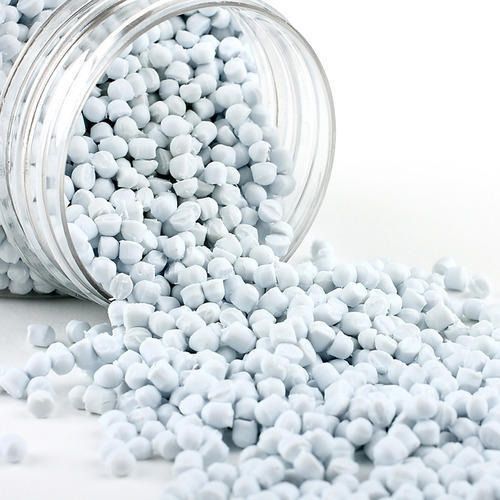

Filler Masterbatch Overview
Filler masterbatch is a concentrated blend of mineral fillers and carrier resins used in plastic manufacturing. It helps reduce raw material costs while enhancing specific physical properties of the final product.
1.Composition
Fillers: Commonly used minerals include calcium carbonate (CaCO₃), talc, silica, clay, and barium sulfate.
Carrier Resin: Typically made from the same polymer as the base plastic, such as LDPE, HDPE, or PP, to ensure compatibility.
Additives: May include dispersing agents, coupling agents, or stabilizers to improve processing and performance.
2.Key Benefits
Cost Efficiency: Reduces reliance on pure polymers by partially replacing them with less expensive fillers.
Enhanced Mechanical Properties:
Increased stiffness and dimensional stability
Improved thermal resistance
Greater opacity or whiteness in the finished product
Potential weight reduction in some applications
Material Efficiency: Helps reduce plastic consumption by using mineral-based substitutes.
3.Applications:
Filler masterbatch is widely used across various plastic manufacturing processes, including:
Films (e.g., BOPP, blown film)
Injection molded parts (e.g., containers, automotive components)
Pipes and sheets
Woven sacks and bags
As a base material for color masterbatch production
4.Types of Filler Masterbatch
Calcium Carbonate (CaCO₃): The most common type; known for cost effectiveness and versatility.
Talc-Based: Improves stiffness and heat resistance.
Specialty Fillers: Includes options like barium sulfate for high-density applications or wollastonite for reinforcement.
5.Processing Considerations
Typical Loading: Usage rates generally range from 5% to 30%, depending on the application and desired properties.
Dispersion: Uniform distribution within the polymer matrix is essential for consistent performance.
Compatibility: The carrier resin must match the base polymer to ensure optimal integration and product quality.
6.Challenges:
Brittleness: High filler content can reduce impact resistance.
Equipment Wear: Abrasive fillers may lead to increased wear on machinery.
Surface Appearance: May affect gloss, smoothness, or finish of the product.
7.Market Developments:
High-Filler Grades: Some formulations contain up to 70–80% filler for significant cost savings.
Nano-Fillers: Used at low concentrations to achieve advanced mechanical properties.
Bio-Based Fillers: Alternatives such as wood flour or rice husk ash are gaining interest for sustainability.
